Several fish species possess large lips, but some have immoderately huge mouths compared to their body size. This facial feature normally has a purpose, such as to scrape algae off surfaces or accommodate sharp teeth for hunting. Certain fishes have big lips for no reason.
Fish come in a variety of shapes and sizes, and their mouths can reveal a lot about their predatory behaviors. Fish utilize their mouths for several reasons, such as reproduction, social communication, and feeding. Fish mouth types are generally classified into four categories: terminal, inferior, superior, and protrusible. These fish possess special mouths that tailor them to fit their dietary needs.
Evolutionary Factors
While lips may not appear to be a significant aspect of evolution, most fish are predators that use their mouths to catch their targeted prey. These essential techniques are for catching food to be as specialized as possible. At the same time, lips can act as a way to compete for resources or attract mates.
When fish first emerged, they had a basic mouth without a jaw. The evolution of a skeletal jaw enabled fish to diversify in lifestyles and prey. Eventually, this mouth structure evolved to include teeth, crushing palates, and suction cup-like structures.
Fish with Big Lips
1. Piranha
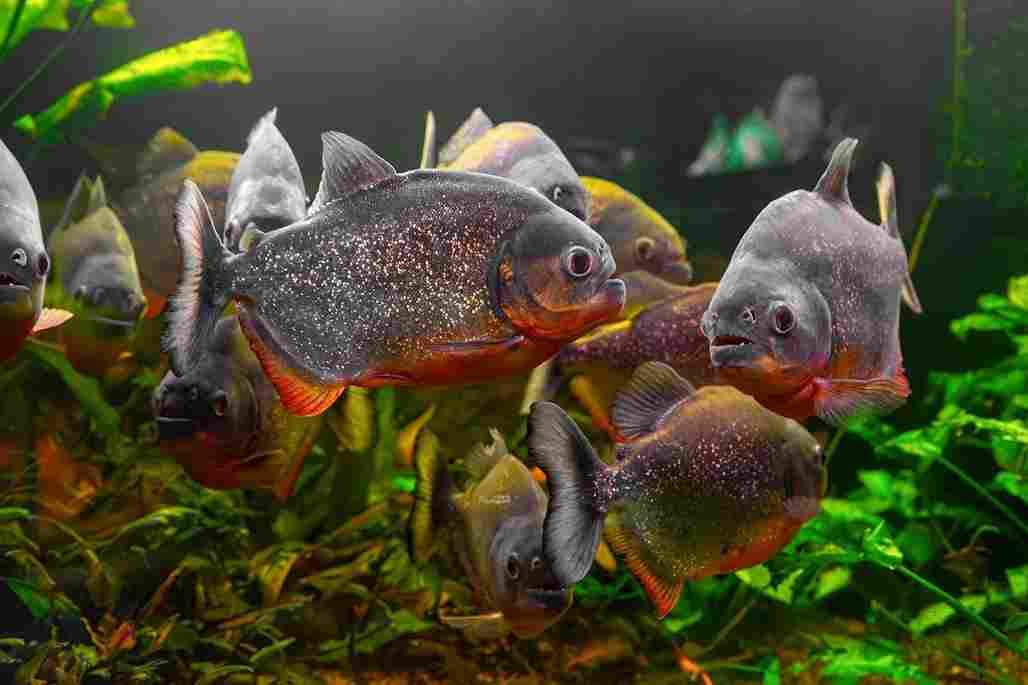
The red-bellied piranha and black piranha are the two most common species. Both can grow to an impressive 18 inches in size and 8 pounds in weight. Piranhas are members of the Serrasalmidae family, native to rivers in South America, such as the Amazon River.
They are renowned as aggressive and dangerous fish that attack with their spiky teeth anything that comes into contact with them.
2. Napoleon Fish
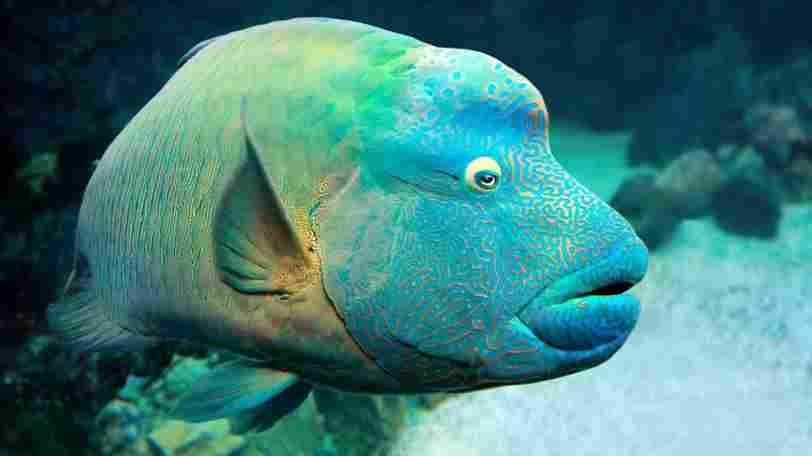
The Napoleon fish, native to the Indo-Pacific region, this fish is a species of ray-finned fish that is a deep blue color with a wide mouth and big forehead. Their other names are Maori Wrasse or Napoleon Wrasse, they can grow up to two feet in length and are greedy predators in the wild. Humans widely enjoy this fish, as they are supposedly quite tasty.
3. Koi
.jpg)
Koi, a subspecies of common carp, is one of the most distinguished fish with large lips. Many owners of this fish will tell you that they love to beg for food, by opening and closing their wide mouths when you walk by. They originated from East Asia, but they are also found in other areas, such as North America, Australia, and Europe.
Koi can attain impressive sizes, normally ranging from 2 to 4 feet in length, but some specimens can exceed 6 feet. Because of their size, they thrive in spacious outdoor pounds that are approximately 1,000 gallons in volume.
4. Gourami

Gourami are native to Southeast Asia where they reside in swamps, lakes, marshes, and streams. There are numerous gourami types, from very small like sparkling to large like elephant ear gourami. Gourami fish are distinguished by their big upturned mouths, (they kind of look like they’re pouting) and labyrinth organs that enable them to breathe oxygen from the air.
5. Sweetlips Fish
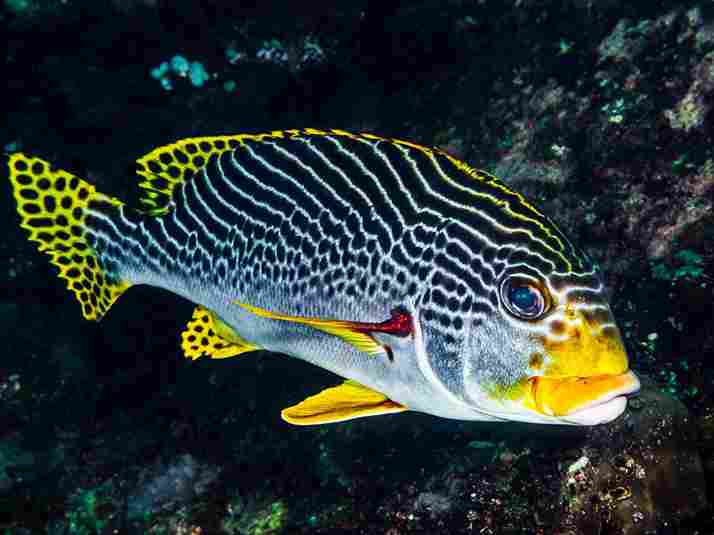
Sweetlips fish are closely related to groupers and reside in coral reefs throughout the Indo-Pacific. Their prominent appearance also makes them a popular fish to own in marine aquariums. The most prominent characteristic of the sweetlip fish is its large, fleshy mouth, which becomes more swollen with age. These fish utilize their big lips to suck up food from the ocean floor.
6. Common Pleco
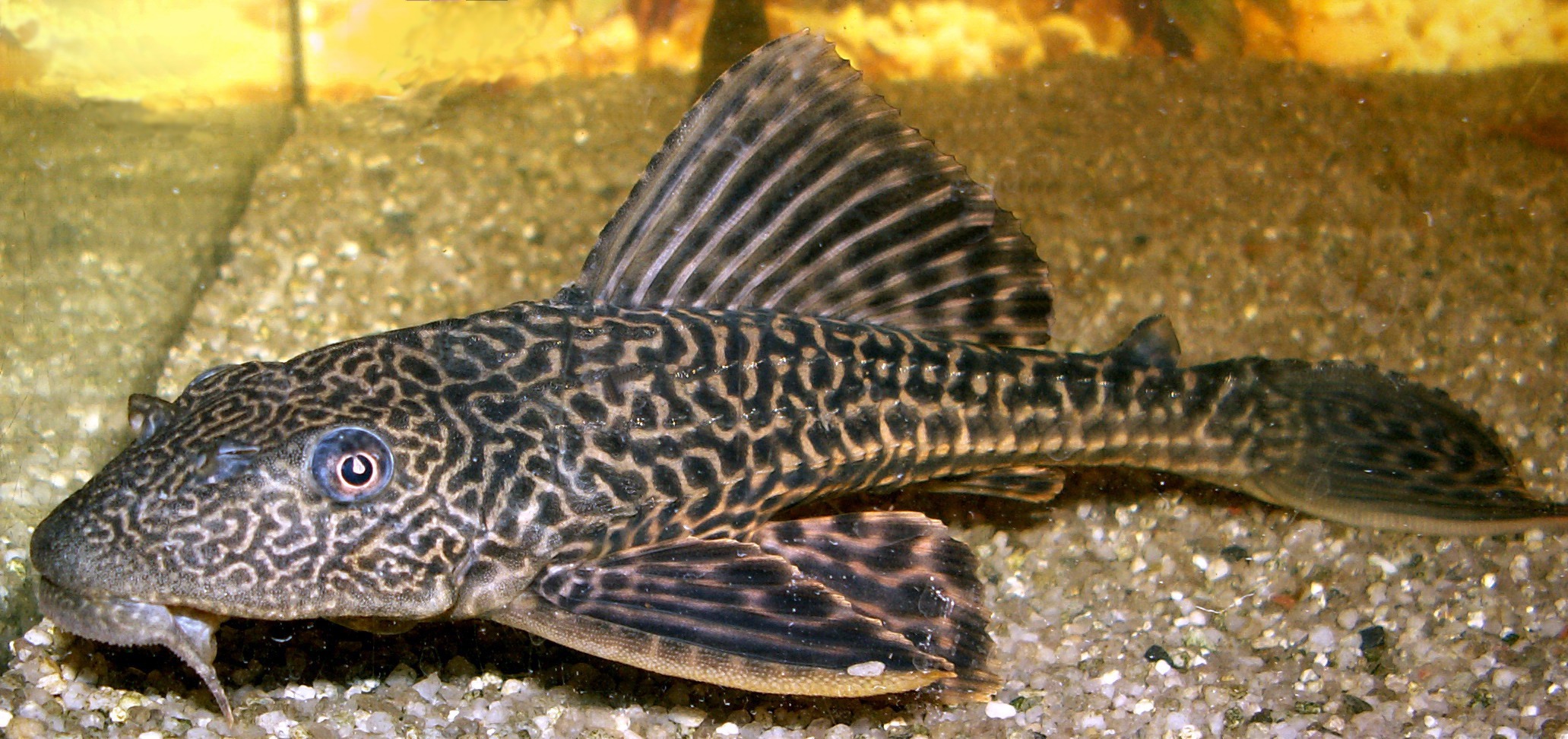
The common pleco, or suckermouth catfish, is part of the armored catfish family and is native to the tropical waters of South America. Several other types of aquarium catfish are on the market. Their large, sucker-shaped mouths allow them to scrape algae off hard surfaces such as rocks and driftwood to pick up algae.
They are present in many different colors such as gray, olive, or black colors with dark edges. They can reach lengths of up to 24 inches, though they are much smaller than juveniles.
7. Marine Angelfish
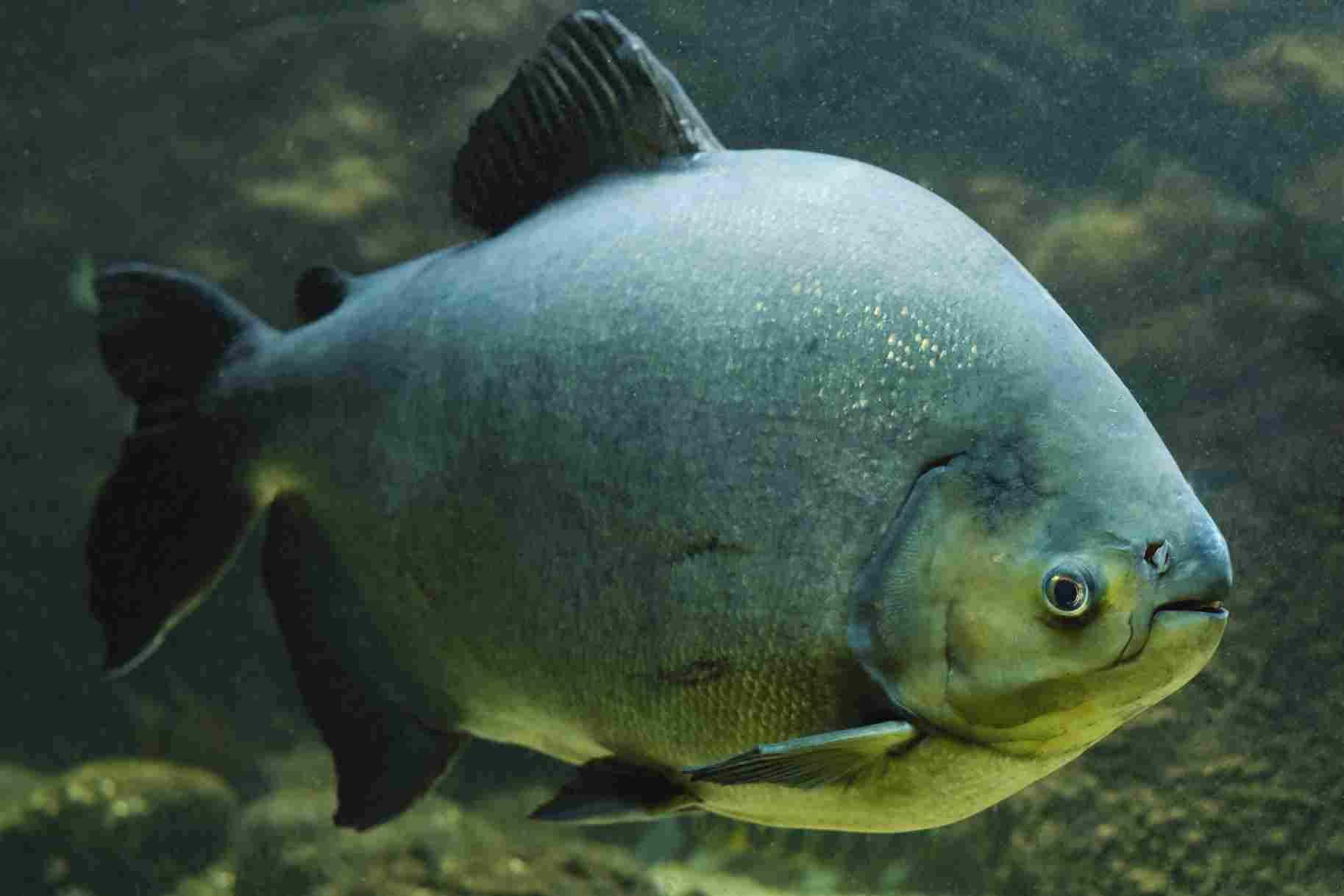
Marine Angelfish are natives to the Indian Ocean, Atlantic, and Pacific oceans where they are found in shallow coral reefs. They casually grow to around 8 to 12 inches in length, but those kept in captivity tend to be a little smaller, On the other hand, smaller fishes like the dwarf marine reach a length of 5 inches.
8. Pacu
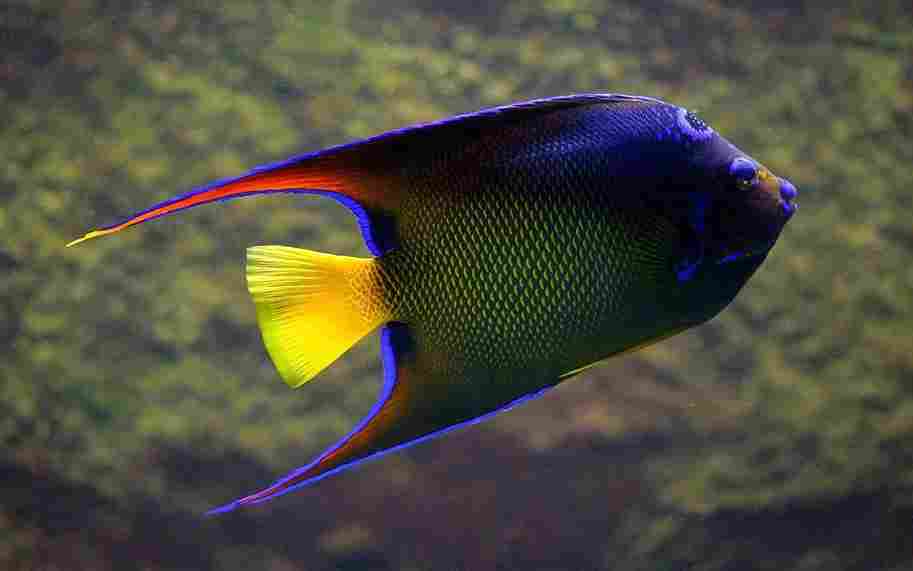
Although pacu fish are closely related to piranhas, they are entirely different in temperament and dietary requirements – they’re vegetarians. They come from tropical and subtropical regions of South America, in lakes, rivers, flooded forests, and floodplains.
They share a lot of similarities with Piranhas, having square teeth and an overbite rather than sharp teeth and an underbite like their distant cousins
9. Gaint Grouper
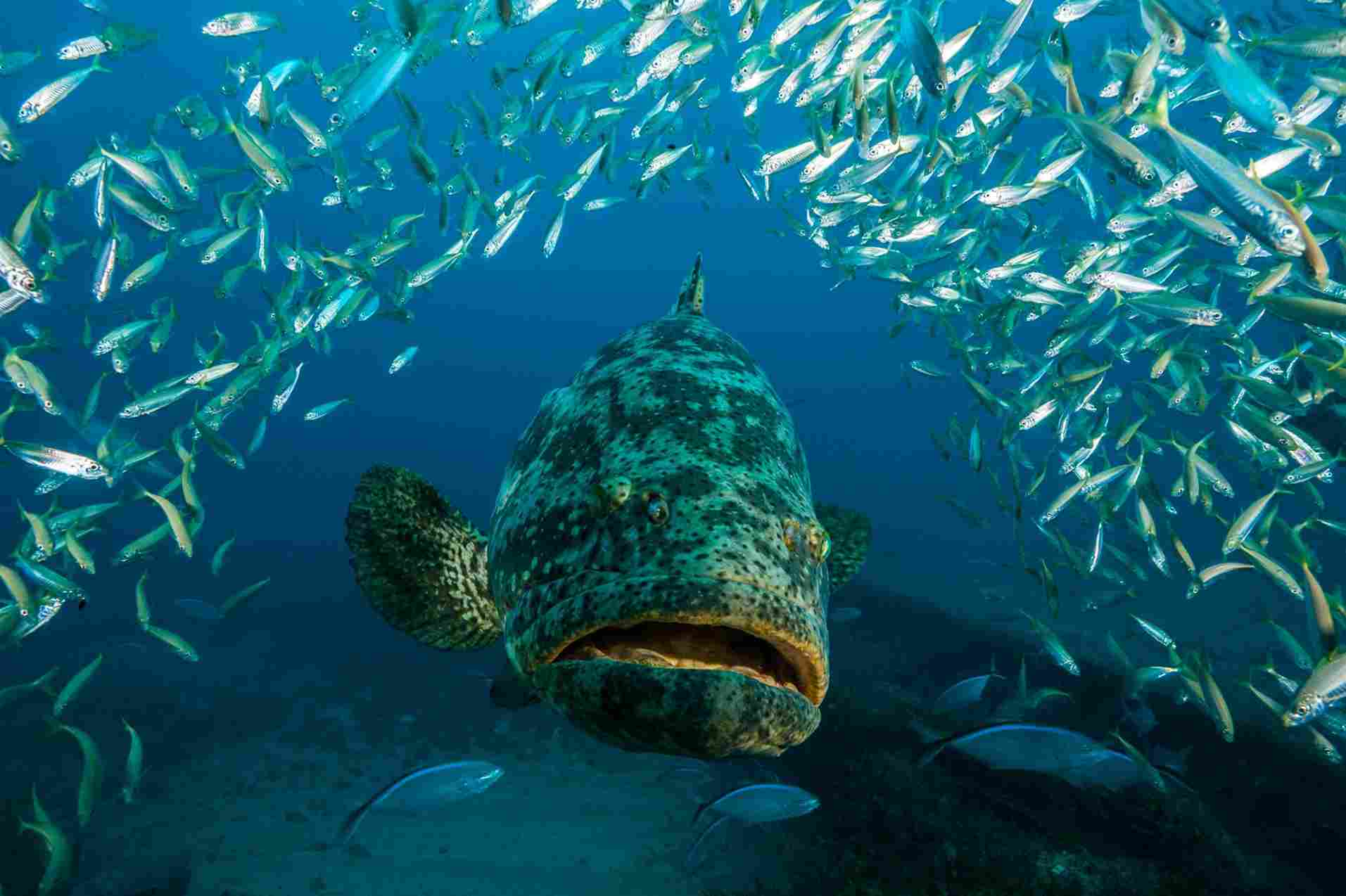
This large marine fish can weigh up to 800 pounds and grow as long as 8 feet. The majority of individuals are characterized by a mottled pattern of brown-yellow or gray with dark-colored spots.
The giant grouper primarily feeds on sizable crustaceans such as lobsters, crabs, and shrimp. But they will also eat other young turtles, stingrays, and parrotfish. Their strong and steady jaws allow them to crush their prey with a single bite.
10. Paddletail Snapper
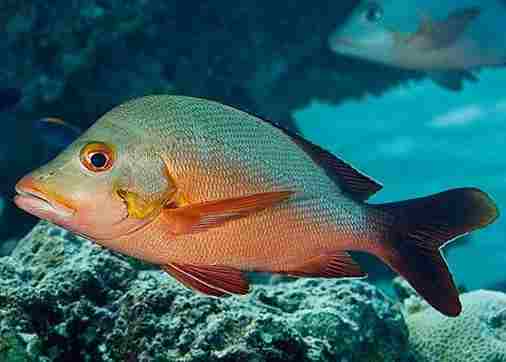
Paddletail snappers are among the most well-known fish species characterized by their large lips, which they use to hoover up fish and crustaceans near the ocean floor. Belonging to the Lutjanidae family, and are a species of ray-finned fish.
Frequently Asked Questions
1. What is a fish with big lips called?
The larger fish are known as sweetlips (Plectorhinchus) because of their fleshy and impressive big lips.
2. What tropical fish has thick lips?
The Thick-lipped Gourami is a calm species perfect for quiet community aquaria. In the wild, these fish inhabit areas with dense vegetation in the slower sections of rivers.
3. What is a kisser fish?
Kissing Gouramis is famous with aquarists for the fish-peculiar kissing" behavior of other fish.





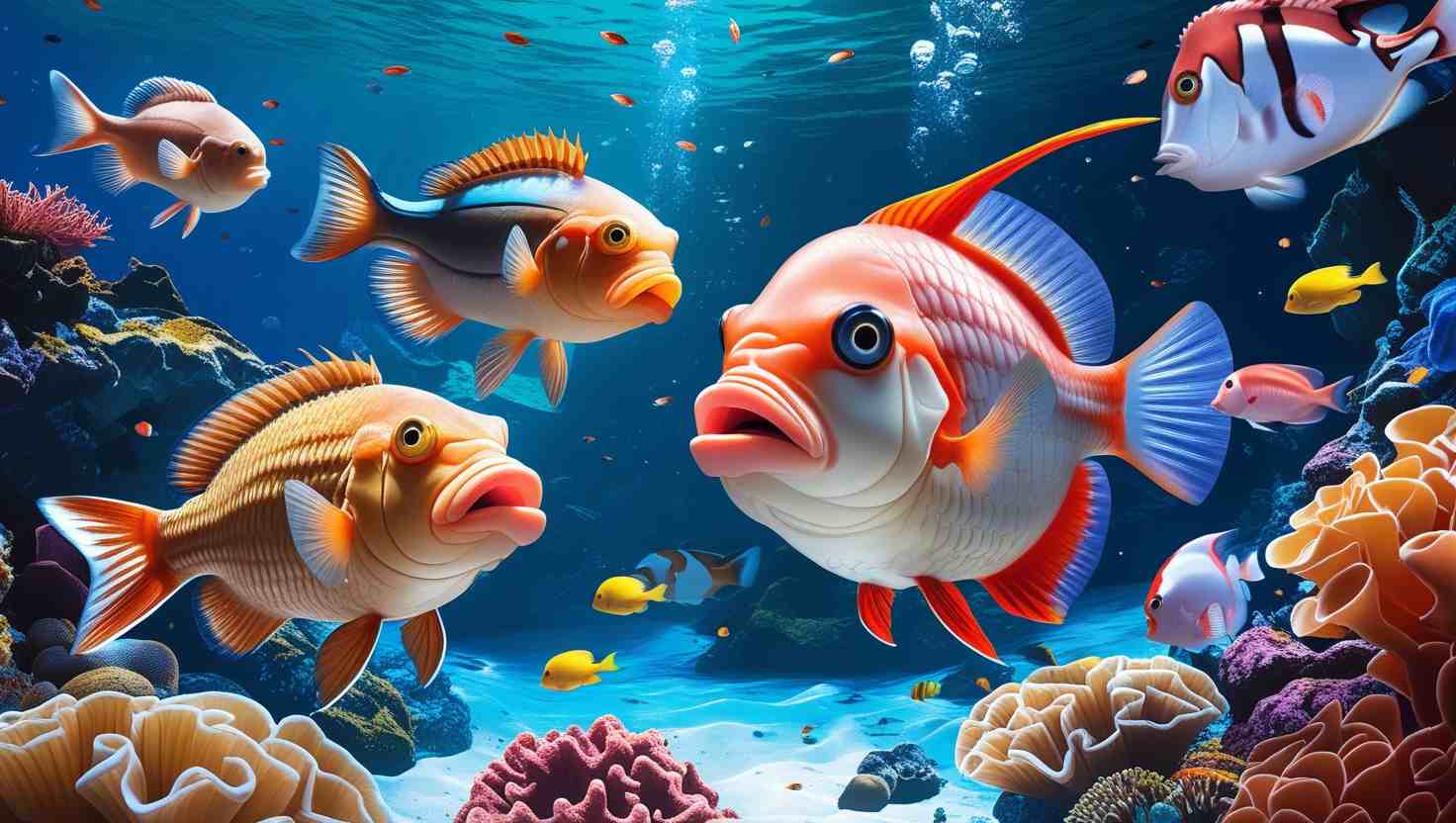


.jpg)







